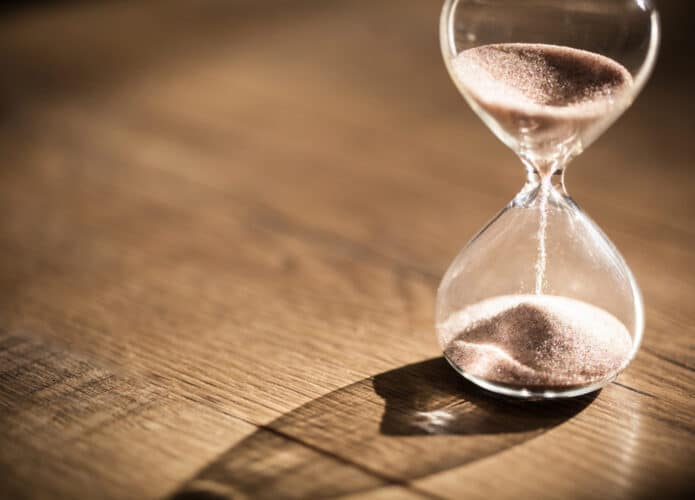If someone asked you how long a second is, what would you say? The person would probably answer that the second is the basic unit of time. Thus, a minute contains 60 seconds, 60 minutes constitute an hour, and so on. So, one second equals 1000 milliseconds or 0.0166667 minutes, right?
However, this answer, while not entirely wrong, often fails to take into account the complexities involved in precisely defining the second in terms of atomic transitions and frequency patterns.
{{#values}} {{#ap}}
{{/ap}} {{^ap}}
{{/ap}} {{/values}}
Read more:
The traditional perspective reflects the way time is generally viewed in everyday life, based on traditional time measuring devices such as mechanical or digital watches.
On the other hand, there is a more in-depth understanding of the definition of the latter, which many people may not know.
How long is a second?
If we want to be very precise in answering this question, it is necessary to consider the current formal definition of the International System of Units (SI). SI is the world's most widely adopted system of measurement units for standardizing measurements, including units such as meter, kilogram, second, ampere, kelvin, and others.
SI management is the responsibility of the General Conference on Weights and Measures (CGPM), an international organization that regularly reviews and updates definitions of units to reflect scientific and technological advances.
With this clarification, we continue:
In 1967, the Thirteenth Congress of the CGPM defined a second as follows: “A second is the duration of 9,192,631,770 periods of radiation corresponding to the transition between the two ultrafine levels of the ground state of the cesium-133 atom.”
At the 1997 session, the CGPM asserted that: “This definition refers to the cesium atom at rest, at a temperature of zero kelvin.”
At its twenty-sixth meeting (2018), the CGPM revised the definitions of the basic SI units, including the second, which it defined by taking the constant numerical value of the cesium frequency ΔνCs, which is the ultrafine transition frequency without ground state perturbations. The value of the cesium atom 133, is 9,192,631,770. When expressed in Hz, which equals ⁻¹.
complicated? This is because the modern definition of the latter is based on specific properties of the cesium atom, providing a more accurate and consistent measurement of time. To understand this better, it may be useful to know the evolution of the Second Convention over time.

What is the origin of the second?
Initially, the second was defined in terms of fractions of the mean solar day. The day was divided into 24 hours, every hour into 60 minutes, and every minute into 60 seconds. That is, a second was defined as 1/86,400 of the mean solar day
However, astronomers discovered that this definition was not accurate, as the Earth's rotation is not completely constant.
However, in the mid-20th century, advances in atomic technology brought about major changes. Experimental research has shown that the atomic time interval criterion, using the transition between two energy levels in an atom or molecule, can be more accurate in identifying the second level.

In 1967, recognizing the need for greater precision, the 13th meeting of the CGPM decided to replace the definition of the second. The new definition was based on the radiation periods corresponding to the ultrafine transition of the cesium-133 atom.
However, developments are not limited there. Both the CGPM and the scientific community recognize the importance of continually improving definitions of fundamental units, ensuring continued accuracy in time and frequency measurements.
Recently, significant progress has been made through research into optical clocks, which has affected the accuracy of the current definition of the second.

“Hardcore beer fanatic. Falls down a lot. Professional coffee fan. Music ninja.”


:strip_icc()/s03.video.glbimg.com/x720/12610546.jpg)


More Stories
Learn how to increase muscle strength
New volunteers from the SUS National Force arrive in Rio Grande do Sul
Local knowledge can improve relationships with the environment